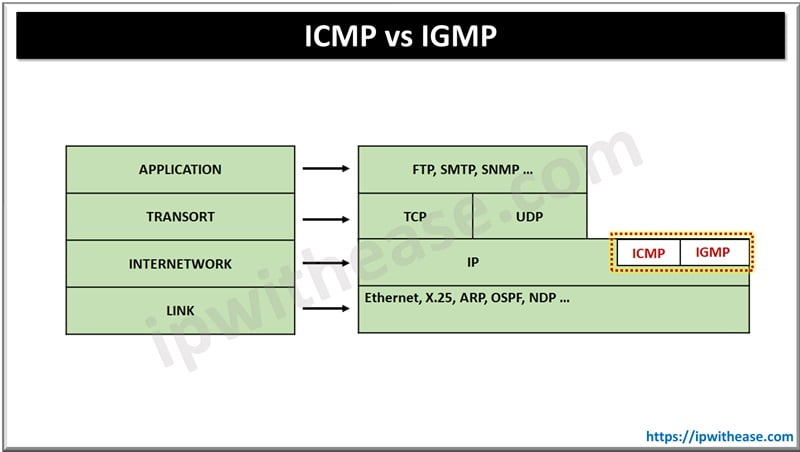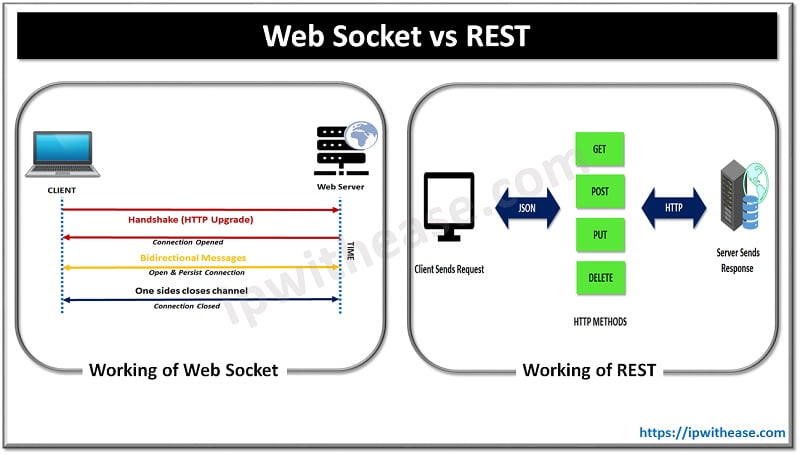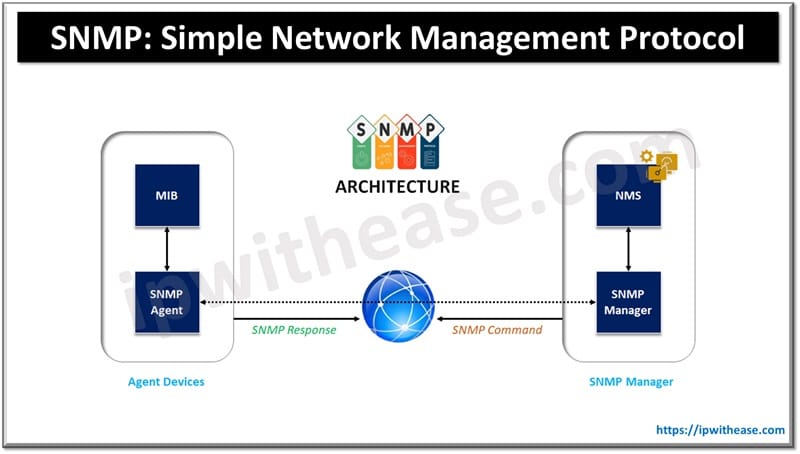It is now widely recognized that the development and subsequent mass proliferation of the internet has been one of the key developments that shaped the current information age. It has allowed rapid, worldwide communication to become commonplace and has created a system whereby information can be rapidly disseminated and retrieved.
In the 1960s, the internet was in its embryonic stages of development. It was the main research and work undertaken in America as part of the Defence Advanced Research Projects Agency’s (DARPA) work into technological advancements designed for military communication purposes. Since this period, the internet has rapidly evolved and has become a platform for businesses and individuals, covering all aspects of modern life. In this article, some of the key technical points in the development of the internet will be explored.
Packet Switching Theory
One of the key concepts that allowed the internet to be created was packet switching theory. Leonard Kleinrock at MIT first proposed the concept in his 1961 academic paper. In short, packet switching is where data is sent from one computer to another in smaller “packets.” This allows the data to be sent in the most efficient way possible and at greater speeds across computer networks. The data is then reassembled by the receiving device. The main value of this research was that it provided an alternative to physical, circuit based connections and is now recognized as being one of the key concepts that led to early computer networking.
Many modern day computer users will have seen errors that relate to “packet loss” when data is sent and retrieved. Packet loss occurs when data packets “bounce” from router to router, and this delay reduces performance in computer networks. However, the effects of packet loss on system performance are corrected by using a hop count function that limits the maximum amount of times a packet of information can bounce from router to router.
CERN and the World Wide Web
One of the next major developments in the formation of the internet as it is known today was the concept of the world wide web. British computer scientist Tim Berners-Lee was working at CERN (The European Organization for Nuclear Research) in Switzerland and came up with the concept of using hypertext to link documents into a larger information system, which could then be accessible on any node of the combined network. This logical concept was instrumental in creating a growing volume of documents and information that could be accessed from any computer that was able to connect to the shared network.
The Rollout of Fiber Connections
The modern incarnation of the internet relies on the ability to send higher volumes of information at speed from device to device. Fiber optic connections transmit data at around two thirds of the speed of light, which is significantly faster than the speed that electrons can be moved. Today, fast and reliable fiber internet connections are available for most consumers and businesses. This rollout has allowed higher volumes of data to be sent across the internet. It has also enabled consumers to enjoy streaming services that can send both audio and video in high definition (including 4K video) without problems such as buffering delays occurring.
Final words
The internet has greatly changed and expanded since its first early inception. It is now so central to our way of life that improvements and changes as time goes on are guaranteed. As the way we use the internet alters, adaptations will be needed for it to keep up with demand.
Continue Reading:
Process Switching vs Fast Switching: Understand the difference
Difference between MPLS and Internet
ABOUT THE AUTHOR
IPwithease is aimed at sharing knowledge across varied domains like Network, Security, Virtualization, Software, Wireless, etc.



